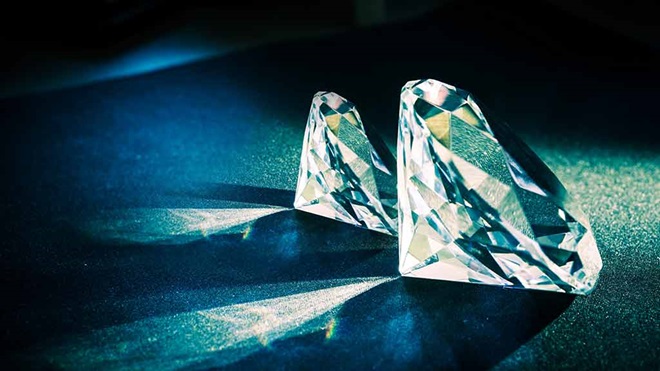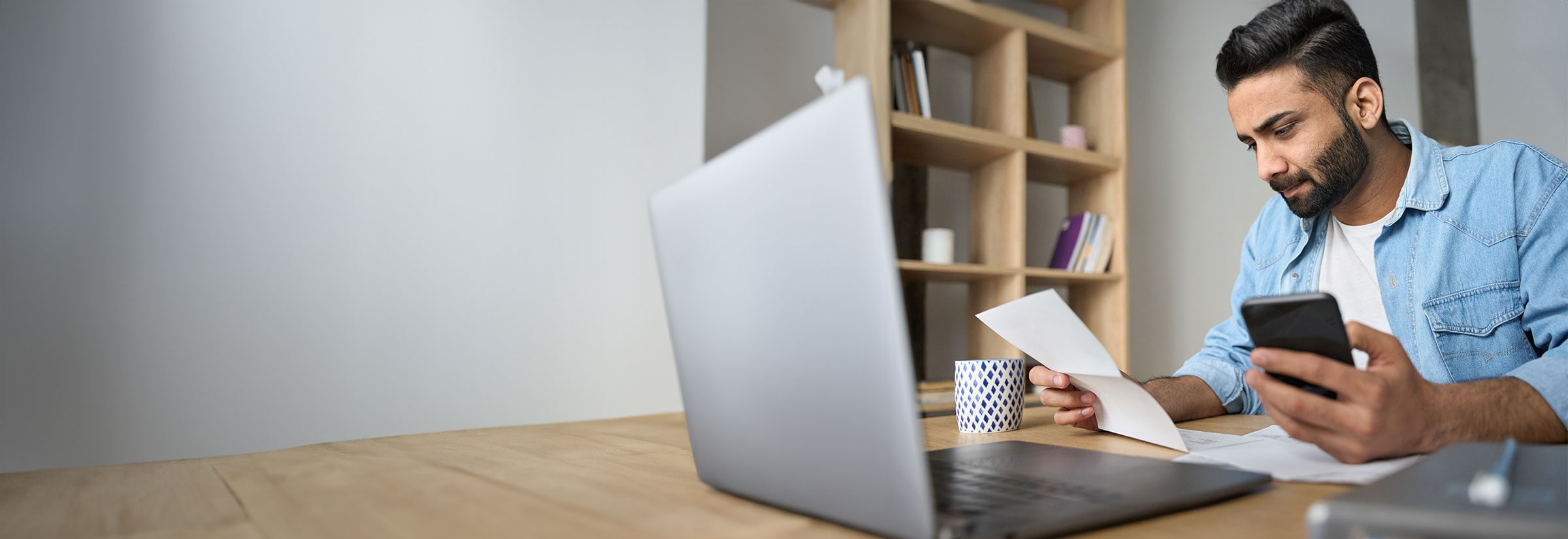Lab-grown diamonds are revolutionizing the jewelry industry, offering a sustainable, ethical, and high-quality alternative to mined diamondsIn this comprehensive guide, we explore why lab-grown diamonds have become increasingly favored over their natural counterparts.
Introduction
Diamonds have long been cherished for their beauty and durability, symbolizing eternal love and luxuryHowever, traditional diamond mining raises concerns about environmental impact and ethical sourcing practicesThis has paved the way for lab-grown diamonds to emerge as a superior choice in today’s conscientious market.
What are Lab-Grown Diamonds?
Lab-grown diamonds, also known as synthetic diamonds, are produced in controlled environments using advanced technological processes that replicate the natural diamond-growing conditionsUnlike natural diamonds formed over millions of years deep within the Earth’s mantle, lab-grown diamonds are created in a matter of weeks under specialized laboratory conditions.
Definition
Lab-grown diamonds are chemically, physically, and optically identical to mined diamonds, with the same crystal structure and brilliance.
Process of Creation
These diamonds are grown using two primary methods: High Pressure-High Temperature (HPHT) and Chemical Vapor Deposition (CVD), both of which mimic the natural diamond growth process.
Quality and Characteristics
Lab-grown diamonds exhibit the same exceptional quality as natural diamonds, often surpassing them in purity and color consistency due to precise control over the growth environment.
Physical Properties
They possess identical hardness (10 on the Mohs scale), refractive index, and brilliance as natural diamonds.
Comparison with Natural Diamonds
In many cases, lab-grown diamonds exhibit fewer inclusions and a more perfect crystal structure, making them visually flawless.
Environmental Impact
One of the most significant advantages of lab-grown diamonds is their minimal environmental footprint compared to traditional mining practices.
Sustainability Factors
They require significantly less energy and water to produce, and they do not involve destructive mining processes.
Ecological Footprint
By opting for lab-grown diamonds, consumers contribute to reducing land disruption and habitat destruction caused by diamond mining.
Cost Comparison
While traditionally mined diamonds are subject to market fluctuations and geographical monopolies, lab-grown diamonds offer a stable pricing model that is generally more affordable.
Pricing Dynamics
Lab-grown diamonds are priced competitively, often costing up to 40% less than natural diamonds of comparable quality.
Affordability Advantages
This affordability allows consumers to purchase larger, lab grown diamonds are better, higher-quality diamonds for the same budget, enhancing the overall value proposition.
Ethical Considerations
Ethical concerns surrounding traditional diamond mining, such as labor exploitation and conflict financing, are non-existent with lab-grown diamonds.
Conflict-Free Sourcing
Lab-grown diamonds are inherently conflict-free, ensuring peace of mind for conscientious consumers.
Humanitarian Concerns
The production of lab-grown diamonds supports ethical labor practices and safe working conditions in technology-driven environments.
Popularity and Market Trends
The demand for lab-grown diamonds has surged in recent years, driven by shifting consumer preferences towards sustainability and transparency.
Consumer Adoption
Millennials and Gen Z consumers, in particular, are drawn to the ethical and environmental benefits of lab-grown diamonds.
Industry Acceptance
Major jewelry brands and retailers increasingly offer lab-grown diamonds alongside natural diamonds, reflecting a broader acceptance within the industry.
Certifications and Standards
To assure consumers of their quality and authenticity, lab-grown diamonds are certified by recognized gemological institutes.
Regulatory Bodies
Certifications from organizations like the Gemological Institute of America (GIA) provide assurance of a diamond’s origin and quality.
Assurance of Quality
These certifications uphold the same stringent standards applied to natural diamonds, ensuring transparency and consumer confidence.
Durability and Longevity
Lab-grown diamonds are renowned for their durability and longevity, making them an ideal choice for everyday wear.
Hardness and Resilience
They exhibit the same hardness as natural diamonds, making them resistant to scratching and suitable for various jewelry settings.
Maintenance Requirements
Routine care involves basic cleaning methods to maintain their brilliance and sparkle over time.
Fashion and Style
Beyond their ethical and environmental advantages, lab-grown diamonds offer versatility in design and fashion.
Trendsetting Appeal
Fashion-forward consumers appreciate the diversity of styles and settings available with lab-grown diamonds.
Design Versatility
From classic solitaires to intricate custom designs, lab-grown diamonds cater to a wide range of personal tastes and preferences.
Misconceptions Debunked
Despite their growing popularity, lab grown diamonds are sometimes misunderstoodLet’s debunk a few common myths.
Common Myths
Myth: Lab-grown diamonds are fake.
Myth: Lab-grown diamonds are lower in quality.
Myth: Lab-grown diamonds are not as valuable.
Clarifications
- Lab-grown diamonds are real diamonds with identical chemical composition.
- Their quality can match or exceed that of natural diamonds.
- They offer excellent value and investment potential.
Future Prospects
The future of lab-grown diamonds looks promising, driven by ongoing technological advancements and increasing consumer awareness.
Technological Advancements
Innovations in diamond-growing technology continue to enhance the quality and availability of lab-grown diamonds.
Market Predictions
Experts project continued growth in the market share of lab-grown diamonds as sustainability becomes a priority for global consumers.
Buying Guide
Interested in purchasing a lab-grown diamond? Here are some practical tips to help you make an informed decision.
Tips for Consumers
- Research reputable retailers and certified brands.
- Review diamond certificates for quality assurance.
- Consider your budget and preferred diamond characteristics.
Choosing the Right Diamond
Select a diamond that matches your style preferences and ethical considerations, ensuring it fits within your desired price range.
Conclusion
Lab-grown diamonds represent a significant advancement in the jewelry industry, offering superior ethical, environmental, and economic benefits over mined diamondsAs consumer awareness grows and technology advances, their popularity is expected to soar, reshaping the future of fine jewelry.






